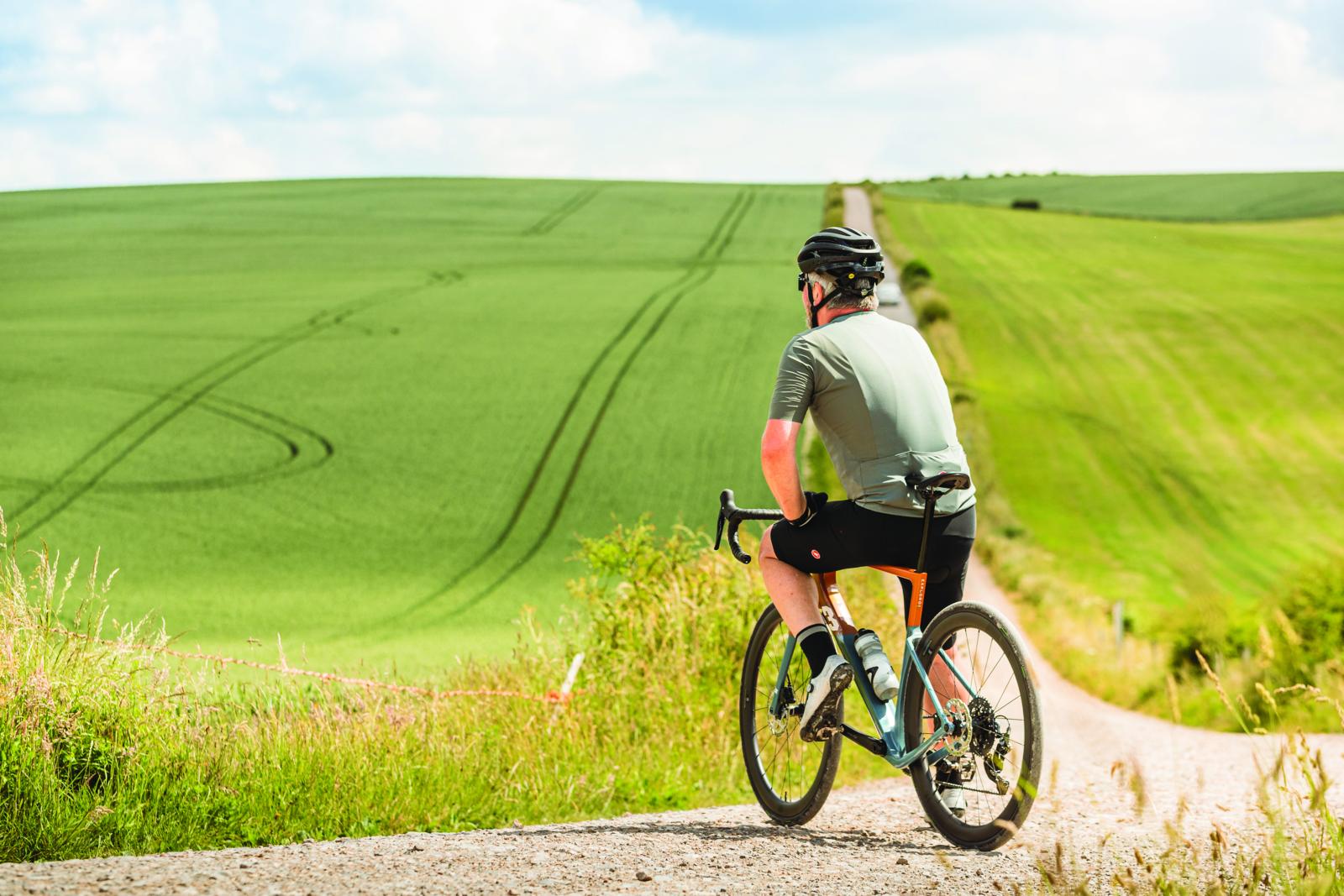The modern cutting-edge bike embraces electronics and brings an overload of data – and I love it.
You can talk about the romance and purity of the humble bicycle all you want, but my decades of riding and testing bikes has taught me we’ve never had it so good. I want the myriad metrics my bike’s sensors can transmit and my bike computer can record.
You can keep your simple mechanical drivetrains and last-century tech, I want slick electronic shifting, power, cadence and speed recording, altitude tracking, and radars to tell me about traffic. I want to know everything my bike can tell me. So, bike engineers, bring it on. I’m hungry for more.
The dawn of data

Way back when I started getting serious about riding bikes, the cutting edge of tech was the wired LCD computer. My first Avocet cyclometer, acquired sometime in the late 1980s, brought what I thought was a wealth of data: speed, average speed, a timer, an odometer, and trip distance.
In the intervening years, I stepped up through Cateye’s, Specialized and Vetta computers, both wired and wireless. All the time, more metrics are added, including temperature, altimeters, lap timers, and more.
With the advances in tech both on and off the bike since then, and through pioneering designs from Garmin with its GPS bike computers until now, where each of the major GPS makers has plenty to offer, I thought my curiosity with ride data had been sated.
My bike talks to me

With electronic drivetrains, the ability to add gear metrics into ride recording brought even more numbers to compare. Of course, it’s not the only benefit of electronic drivetrains; the accuracy of shifting is paramount, alongside the ease of maintenance, reliability of the shifts.
That said, some of the elements brought from electronic groupsets I could do without – auto-shifting (like Shimano’s Synchroshift) seemed like fun when it first arrived, but now I can honestly say I haven’t used it in years.
The data elements, however, I love. Seeing how long I’ve spent in each gear on a ride is genuinely useful. Cross referencing it with cadence and power, I’ve learnt that for the most part I’ve been pushing too hard a gear.
It helped me to learn to spin a higher cadence. In short, after more than 35 years of riding, this tech is teaching me something new. I’m a very happy rider.
More is better

Now it looks like we are heading even deeper into data-driven riding.
I’ve recently been testing Cannondale’s Synapse LAB71 which comes equipped with a SRAM AXS drivetrain, powermeter, Cannondale’s integrated speed sensor, and SmartSense light and radar system. Combine this with a computer unit and the AXS app, and I can access an almost ridiculous amount of data, both during a ride and for post-ride analysis.
Alongside this, Zipp has launched a new version of its 303 SW and 353 NSW wheelsets. These wheels now come with built-in tyre pressure sensors, adding live tyre pressure monitoring, as well as record of those pressures through the ride.

Wahoo’s Elemnt Ace brings real wind-speed measurements, and there are apps that’ll do the same using weather data. Will it be long before one of the computer brands brings aerodynamic analysis into the equation?
If it did, I could get back from a ride and analyse almost every factor contributing to my speed, across climbs, descents, and on the flat.
It’s obvious to see how good this wealth of information can be to the serious athlete and coaches, but I’m just happy to be able to see how I’ve done, and try to analyse my performance, just to get the best out of myself and my ride.
Data for data’s sake

Diving headfirst into comparative graphs overlaying all of this rich data satisfies something within me.
In reality, I know much of this data is overkill, though. As much as I like it, my humble 1990s wired computer provided enough.
I’m not using this data capturing to humble brag. I’m not a coffee shop bore talking about my functional threshold power, and I’m not interested in oversharing with social media cycling sites like Strava. I tried it, wasn’t a fan, so all this data is just for my own use.
Occasionally, though, I like to have a raw-ride. My Garmin has a profile that has zero data screens, just a map, which is for when I’m out doing a little gravel and trail exploring. It offers respite from the live onslaught (but I’ve still captured the ride data at the end, of course).
I’m not a data junkie, I promise, and if you are anti-all of this data intrusion into your rides, I’m good with that.
But I’ll continue to investigate every element of my rides for myself. Nerdy? Absolutely. Fun? Most certainly.



